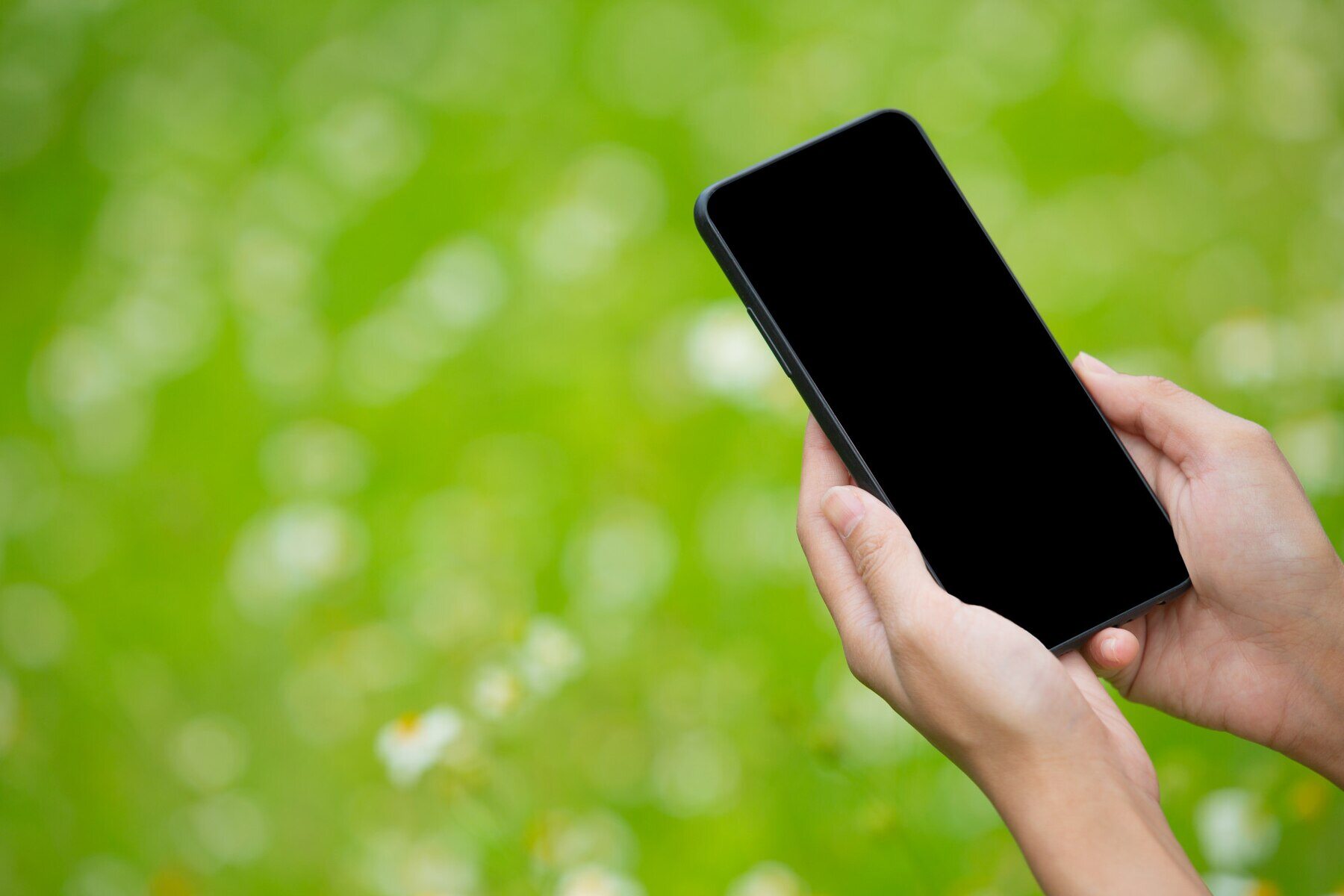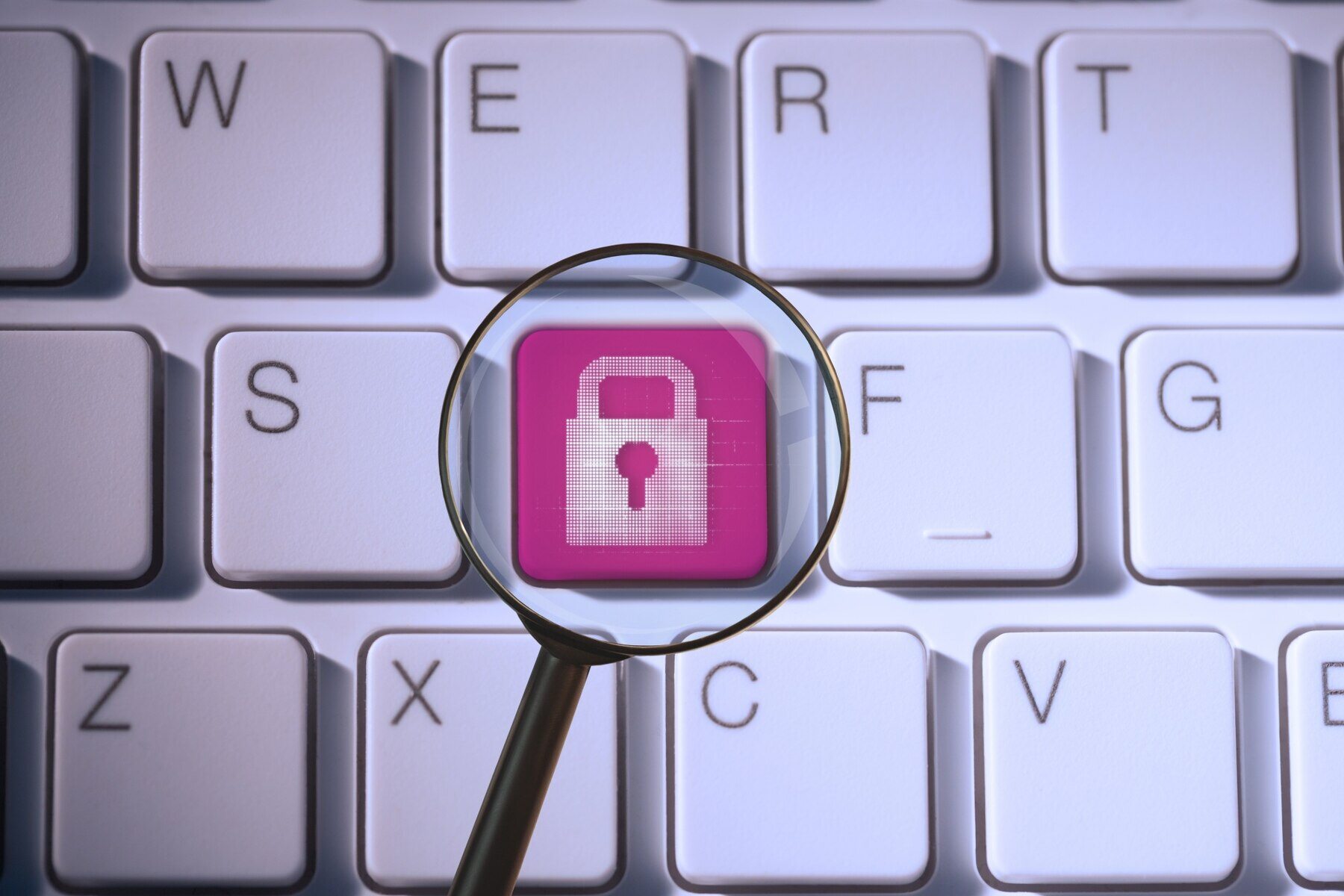Technology has transformed human life, bringing convenience and efficiency. However, its excessive and improper use can also lead to serious negative consequences—both physically and mentally.
What are the negative impacts of technology, and how can we protect ourselves from its harmful effects? Let’s explore.
12 Negative Impacts of Technology You Should Avoid
1. Excessive Dependence on Technology
One of the most visible downsides of technology is dependency.
- People rely too much on digital tools, which can weaken problem-solving skills.
- Over-reliance on navigation apps, for example, reduces spatial awareness and memory function.
- If technology fails, many struggle to perform tasks manually.
2. Decreased Social Interaction
While digital communication tools help people stay connected, they reduce face-to-face interaction.
- Social media and messaging apps replace in-person meetings, impacting emotional connections.
- People prefer texting over real conversations, which can weaken relationships.
3. Health Problems (Physical & Mental)
Excessive use of technology negatively affects physical health:
- Eye strain from prolonged screen exposure.
- Poor posture leading to neck and back pain.
- Disrupted sleep patterns due to blue light exposure.
4. Cybersecurity Threats
Technology increases vulnerability to cyber threats, including:
- Hacking, identity theft, and data breaches.
- Online scams and phishing attacks that steal personal information.
- Unauthorized access to private data by third parties.
5. Reduced Concentration and Focus
The constant notifications and digital distractions make it harder to focus.
- Short attention spans lead to poor productivity.
- Multitasking between multiple apps affects critical thinking.
6. Decreased Productivity
Ironically, while technology is meant to increase efficiency, excessive use can lower productivity.
- Social media, gaming, and endless scrolling consume valuable time.
- Workplace distractions lead to missed deadlines and decreased output.
7. Environmental Damage
Technology contributes to pollution and resource depletion:
- Manufacturing tech devices consumes precious natural resources.
- Electronic waste (e-waste) causes toxic pollution.
- High energy consumption from data centers harms the environment.
8. Digital Divide & Inequality
Technology advancement is not evenly distributed:
- Some communities lack internet access, limiting education and job opportunities.
- The gap between tech-savvy users and those without digital skills creates social and economic inequality.
9. Job Loss Due to Automation
As AI and automation improve, many jobs become obsolete:
- Factory workers replaced by robots in manufacturing.
- Customer service roles replaced by AI chatbots.
- Retail staff replaced by self-checkout machines.
While new jobs emerge, those without digital skills struggle to adapt.
10. Increase in Electronic Waste (E-Waste)
People frequently upgrade gadgets, leading to massive electronic waste:
- Discarded smartphones, laptops, and batteries contain toxic chemicals.
- Improper disposal contaminates soil and water sources.
E-waste recycling is still inadequate, causing long-term environmental harm.
11. Declining Face-to-Face Communication Skills
Over-reliance on texting and virtual meetings reduces:
- Empathy and emotional intelligence in real-world interactions.
- Social confidence, making people more anxious in face-to-face settings.
Misinterpretation of text-based messages can lead to misunderstandings.
12. Mental Health Issues
Technology, especially social media, contributes to:
- Anxiety and depression due to social comparison.
- Fear of missing out (FOMO) leading to stress.
- Tech addiction, where people can’t disconnect from devices.
Studies show that excessive screen time negatively affects mental well-being.
How to Avoid the Negative Effects of Technology
To maximize the benefits while avoiding harm, follow these best practices:
1. Set Limits on Screen Time
- Use app timers to monitor and limit digital consumption.
- Avoid using screens before bedtime to improve sleep quality.
- Maintain a tech-free zone, such as during meals or family time.
2. Prioritize Real-World Interactions
- Meet in person rather than relying on texts.
- Develop stronger personal connections by engaging in face-to-face conversations.
- Join social activities that don’t involve screens, such as sports or community events.
3. Reduce Digital Distractions
- Turn off unnecessary notifications during work or study.
- Use focus apps that block distracting websites.
- Practice deep work by dedicating specific time slots to tasks without interruptions.
4. Strengthen Cybersecurity Measures
- Use strong, unique passwords for each account.
- Enable two-factor authentication (2FA) for extra protection.
- Avoid clicking suspicious links or sharing personal data online.
Platforms like VIDA offer identity verification, fraud detection, and digital security solutions to protect online activities.
5. Maintain a Healthy Tech-Life Balance
- Engage in offline hobbies, such as reading, exercising, or creative activities.
- Spend time outdoors to reduce the negative impact of screen exposure.
- Develop self-discipline to control technology use.
Technology is a double-edged sword—it offers unparalleled benefits but also poses risks if misused. Understanding its downsides helps us take control and use it responsibly.
With proper regulation, cybersecurity measures, and mindful usage, technology can continue to enhance our lives without causing harm.
For businesses and individuals, digital security solutions like VIDA ensure data protection, fraud prevention, and secure online transactions, making the digital world safer for everyone.
By balancing technology and real-world interactions, we can enjoy its benefits without suffering its consequences.

.png)


